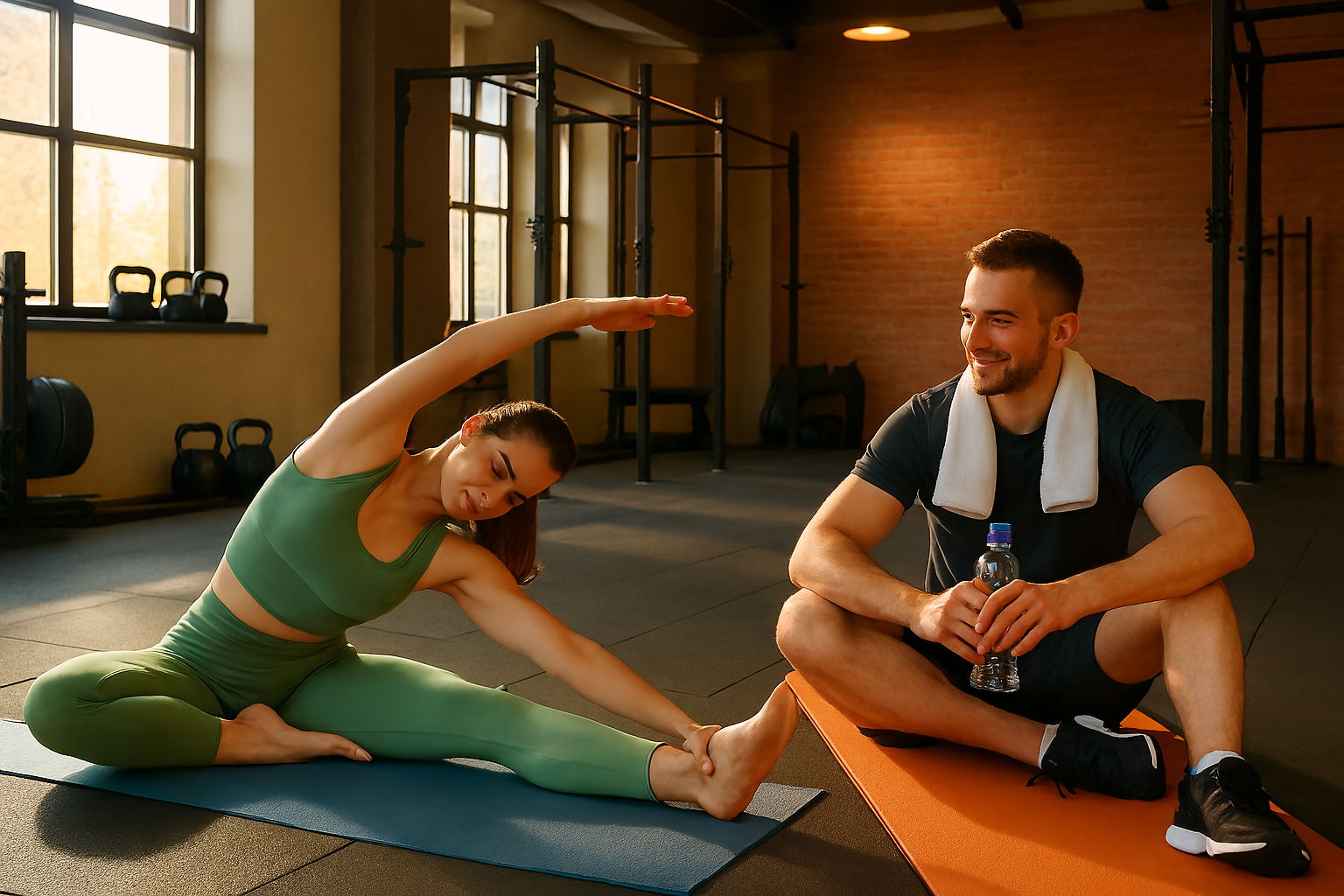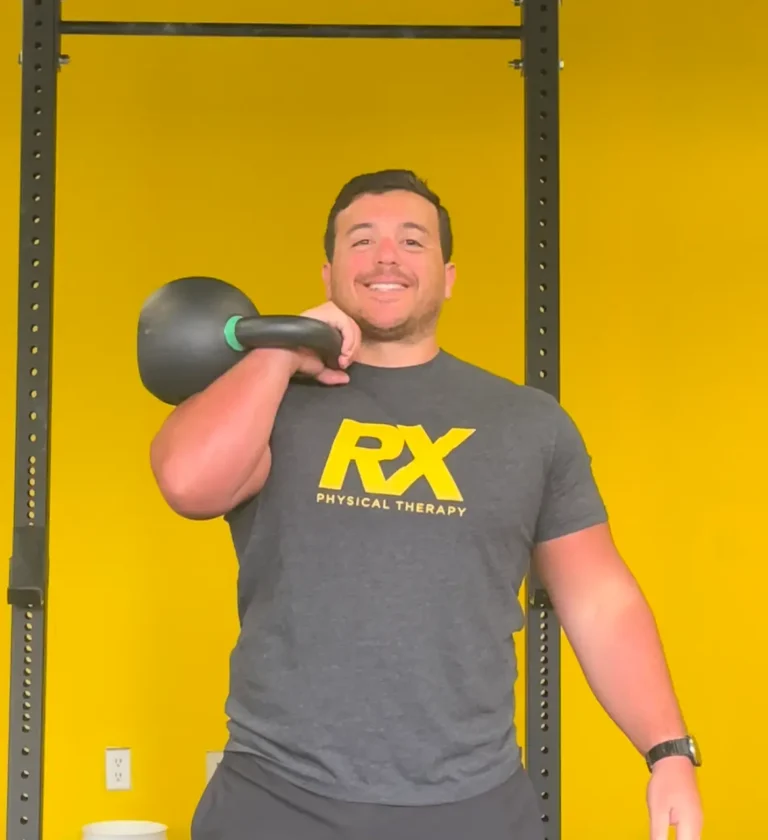Active Recovery Days vs Rest Days: How to Choose What’s Best for Your Body
Whether you’re a weekend warrior, competitive athlete, or simply love hitting the gym, recovery is one of the most important—and often overlooked—parts of your training plan. At RX Physical Therapy, one of the most common questions we hear is:
“Should I take a complete rest day or do active recovery?”
The answer depends on your goals, current training load, and how your body feels. Let’s break it down.
What Is a Rest Day?
A rest day means no structured physical activity—giving your muscles, joints, and nervous system a full chance to recover from the stress of training.
Benefits of Rest Days:
- Allows for complete muscle repair and growth after intense workouts
- Prevents overtraining and reduces injury risk
- Lets your nervous system and energy stores fully reset
- Boosts motivation and mental readiness for your next workout
When to Choose a Rest Day:
- Lingering soreness that light movement doesn’t improve
- Several consecutive days of high-intensity training
- Feeling run-down, fatigued, or fighting an illness
What Is Active Recovery?
Active recovery means moving your body at a low intensity to increase blood flow, maintain mobility, and aid recovery—without adding significant stress.
Common Active Recovery Activities:
- Walking or light cycling
- Swimming at a gentle pace
- Yoga or mobility work
- Low-intensity strength or bodyweight movements
Benefits of Active Recovery:
- Boosts circulation to deliver nutrients and remove waste from muscles
- Keeps joints moving for better mobility and flexibility
- Maintains your daily movement habit without overloading the body
- Reduces muscle stiffness and soreness compared to complete rest
When to Choose Active Recovery:
- Slight soreness without pain
- Wanting to heal while keeping training momentum
- Returning from injury and needing low-load activity
Active Recovery vs Rest Days: Which Is Better?
There’s no one-size-fits-all answer—both have a place in a well-structured training plan.
- High-intensity athletes: Benefit from alternating rest and active recovery days for peak performance
- Everyday gym-goers: Active recovery helps prevent stiffness between workouts
- Injury-prone or in rehab: Structured active recovery guided by a physical therapist is often best
Pro Tip from a Physical Therapist
If you’re not sure which option to choose, listen to your body.
- Choose rest if you have sharp pain, extreme fatigue, or signs of overtraining (trouble sleeping, irritability, prolonged soreness).
- Choose active recovery if you’re just mildly stiff or sore—light movement can speed healing.
Bottom Line
- Rest days: Best for full recovery when your body needs complete downtime
- Active recovery: Keeps you moving and can help reduce soreness and stiffness
The most effective programs combine both, scheduled around your workouts, goals, and recovery needs.
💡 Need help structuring recovery into your training week—or dealing with persistent soreness or injuries?
📍 Book an assessment at RX Physical Therapy in Wayne, NJ and return to training stronger, healthier, and pain-free.
📆 Schedule Your Discovery Call Today


